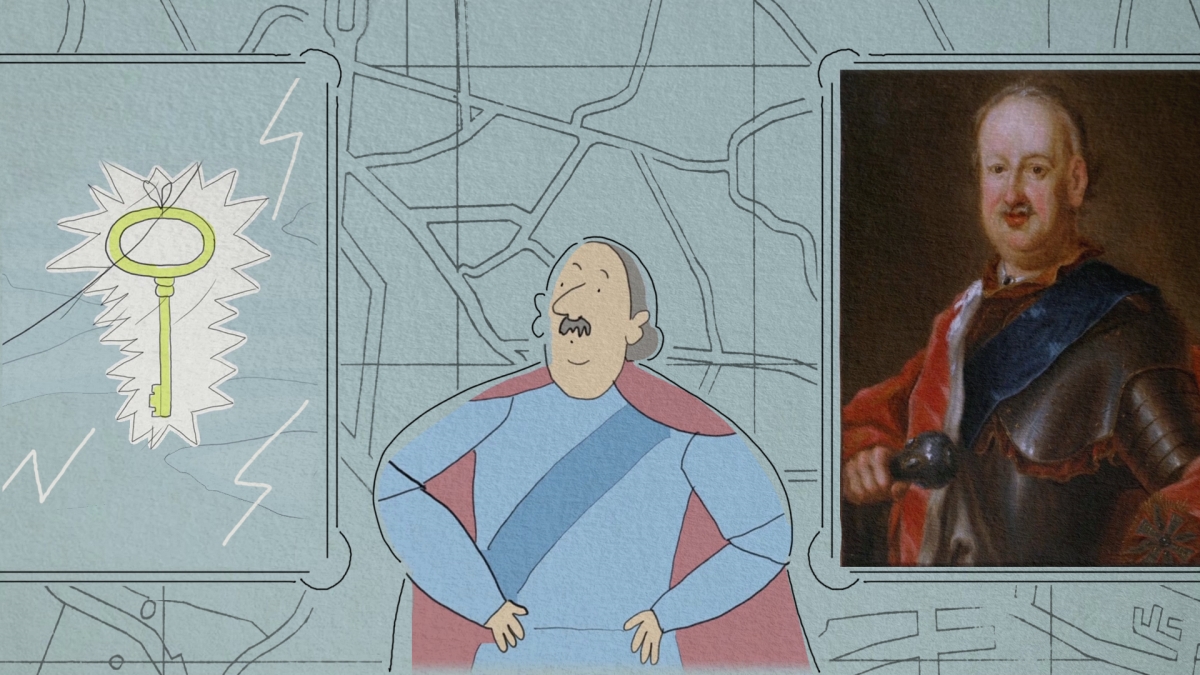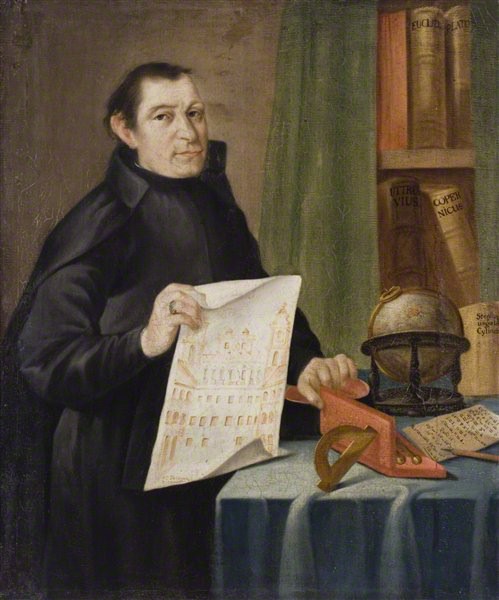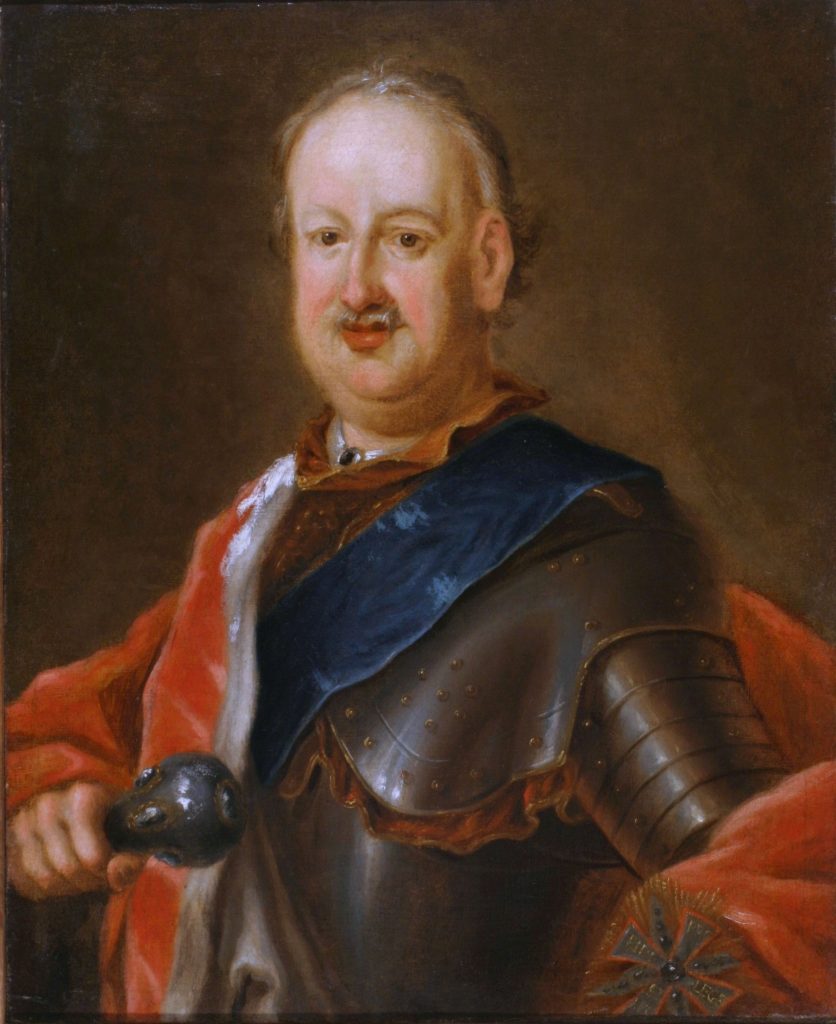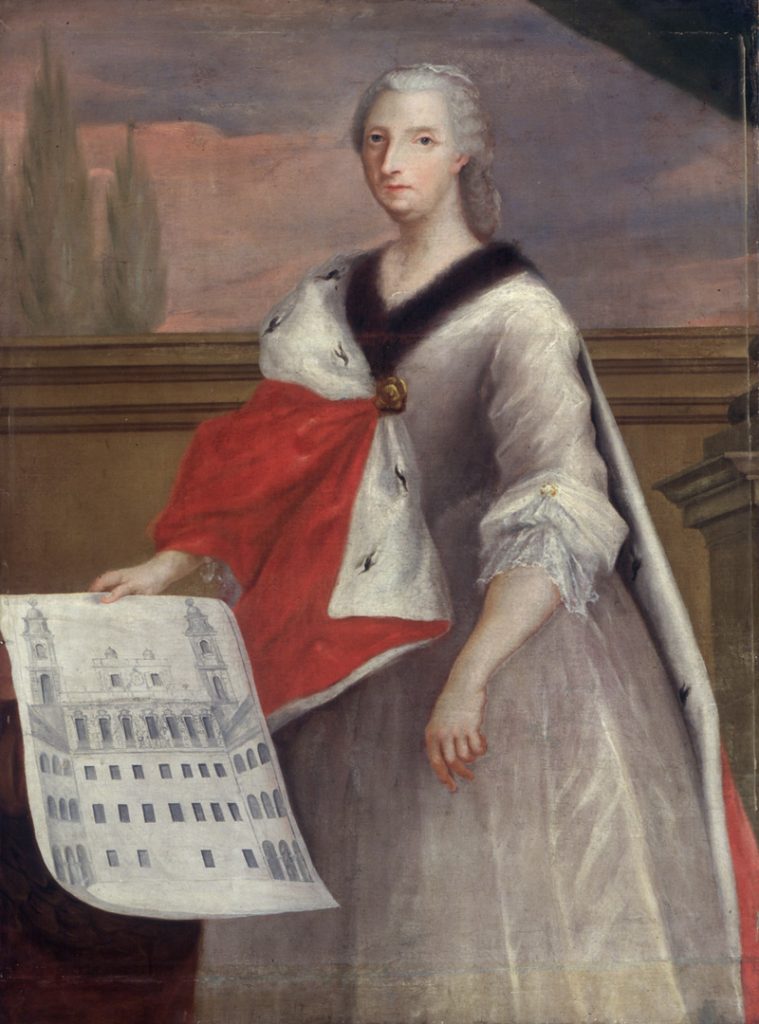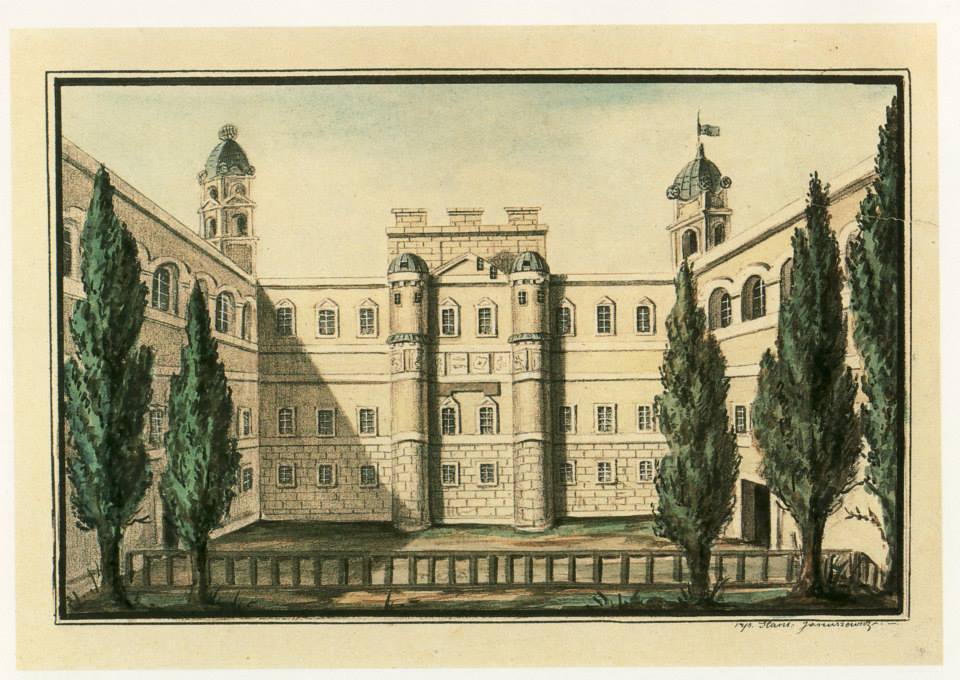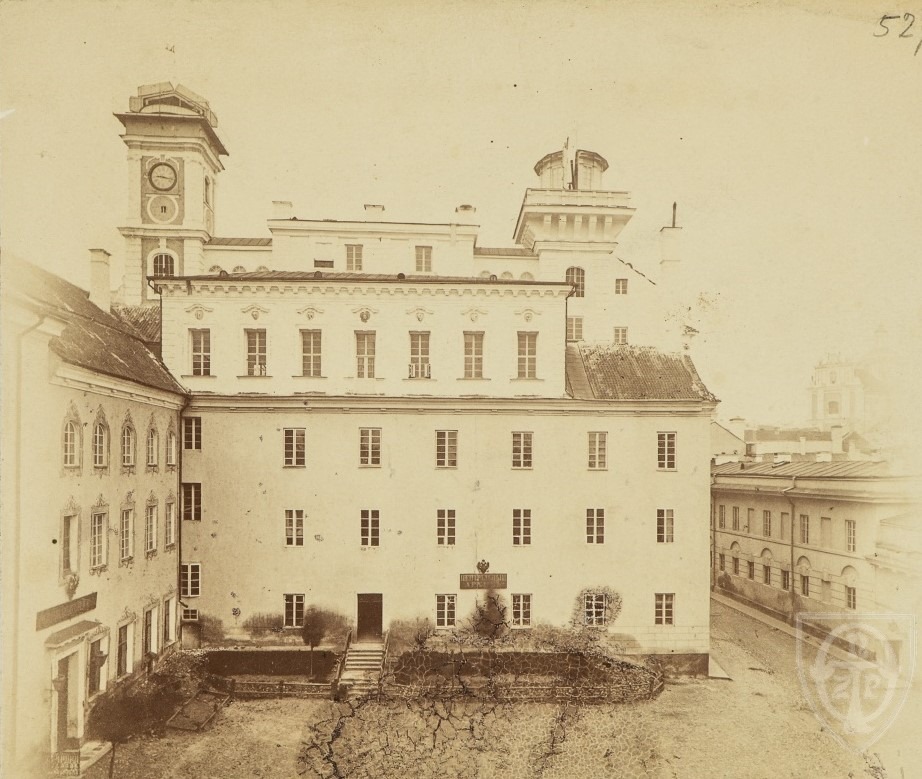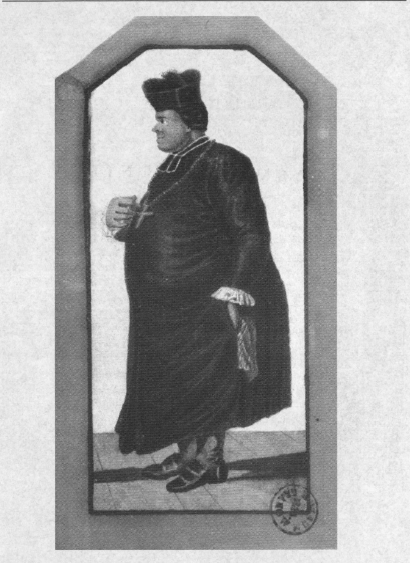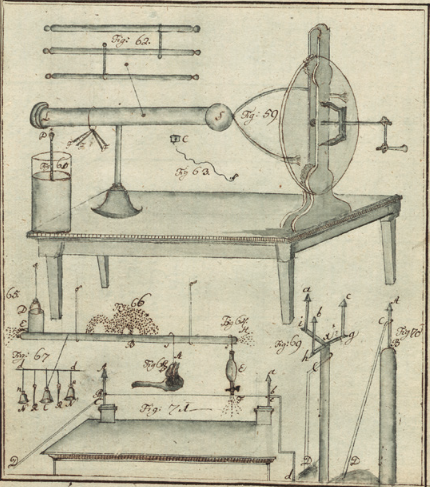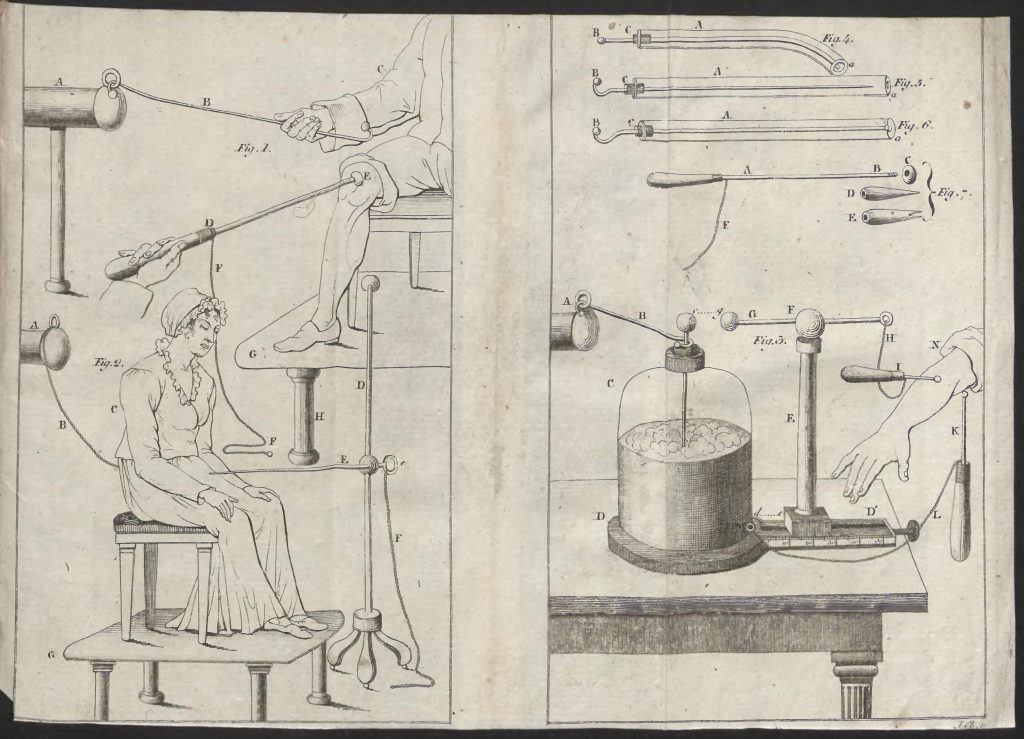Refreshing Sparks: Professor Mickiewicz Treats with Electricity
Ever since the first successful experiments in the early eighteenth century that partly revealed the properties of electricity, this still unexplored force heated the imagination of many physicists. As a phenomenon of physics, electricity turned into an object of study in the mid-18th century Vilnius. Architect and mathematician Tomasz Żebrowski, who studied in Prague and Vienna, brought back a number of blueprints of various “mathematical instruments”, including an electrostatic machine. Led by Żebrowski, a team of craftsmen soon built the device that later became one of the many exhibits in the so-called Museum of Mathematics that he established. Its exhibition featured an electrometer, a pneumatic machine, and optical and acoustic tools designed to display a wide variety of physical phenomena.
Never before seen gadgets attract magnates
The electrostatic machine fascinated many visitors. It was used for various experiments in physics, often performed with a touch of theatricality to stun the visiting magnates, many of whom repaid the scientists with expensive gifts.
“
The electrostatic machine fascinated many visitors.
In May 1753 Voivode of Vilnius and Grand Hetman of Lithuania Michał Kazimierz Rybeńko Radziwiłł, visited the Museum of Mathematics on several occasions, accompanied by a large party of nobles. They showed considerable interest in the electrostatic machine as well as other instruments and took part in the experiments. A little later, Radziwiłł donated to Żebrowski an expensive telescope that has survived to this day.
A few years on, the Museum welcomed Elżbieta Ogińska-Puzynina, the lady who funded the opening of the university observatory in 1753. A contemporary source relates that she “got acquainted with the secrets of electric and pneumatic machines and other experimental physics.”
Electrical treatment, an European novelty
“
As in many European cities, electrostatic machines served medical ends in the 18th century Vilnius. Ingenious physicists and professional medics experimented with electricity alongside all kinds of charlatans.
As in many European cities, electrostatic machines served medical ends in the 18th century Vilnius. Ingenious physicists and professional medics experimented with electricity alongside all kinds of charlatans. The latter group aimed to exploit the gullible people by promising to heal even the most dangerous diseases by mystical sparks and currents.
Several Vilnius-based physicists studied such experiments and soon began mulling over the application of electricity in medicine themselves. Moreover, they translated some of the most important works dedicated to the phenomenon of electricity into Polish.
Do You Know?
In this context, Józef Mickiewicz, the priest and professor of experimental physics, deserves particular attention. The uncle of the famous Polish, Lithuanian and Belarusian poet Adam Mickiewicz, he left no theoretical works on the healing properties of electricity, but took a bold approach to the controversial method of treatment in an attempt to restore health to those who had lost hope in conventional medicine.
For many years, professor Mickiewicz was responsible for the physics room and its collection at Vilnius University. He ordered the purchase and transportation of an electrophoretic machine and other devices from London, one of the global centres for the manufacture of “mathematical instruments” at the time, meant for the “electrification” of tongue, eyes, teeth, and other parts of the human body.
Healing electricity
Ludwika Byszewska, the well known lady of the Polish-Lithuanian Commonwealth’s elite and the wife of a chamberlain to King Stanislaw August Poniatowski, described the function of this machine in her diary. During her stay in Vilnius in spring of 1786 she visited the university and entrusted her impressions to the diary: “We entered the auditorium of physics. There the honourable lady Katarzyna Łopatyńska and her sister were treating toothache with electricity.”
“
It remains unknown whether the patient fully recovered and how many more men and women professor Mickiewicz tried to heal using electricity. The experiments obviously did not stop, and Mickiewicz’s younger colleagues grew interested in the healing properties of electricity.
More is known about the other session of electric healing Mickiewicz held in the spring of 1787. An unknown author wrote: “the fact that electricity is very useful in treating many diseases was confirmed by a new experiment by Mickiewicz, a professor of experimental physics at the Academy. When the rare disease that causes all human blood flowing to the head, arms, and legs was concerned, […] and other treatments proved fruitless or even dangerous, Mickiewicz used electricity, that gave such a good result, that by electrifying the above-mentioned parts of the body, a person rose healthy and refreshed as if awakened from a dream.”
It remains unknown whether the patient fully recovered and how many more men and women professor Mickiewicz tried to heal using electricity. The experiments obviously did not stop, and Mickiewicz’s younger colleagues grew interested in the healing properties of electricity.
A few decades later, Stefan Stubielewicz, a professor of physics, published “The Effect of Electricity on the Condition of Animals” in Vilnius. The book theoretically considers the use of electricity in medicine and gives numerous advice to future practitioners determined to use the power of the refreshing sparks.
Martynas Jakulis
